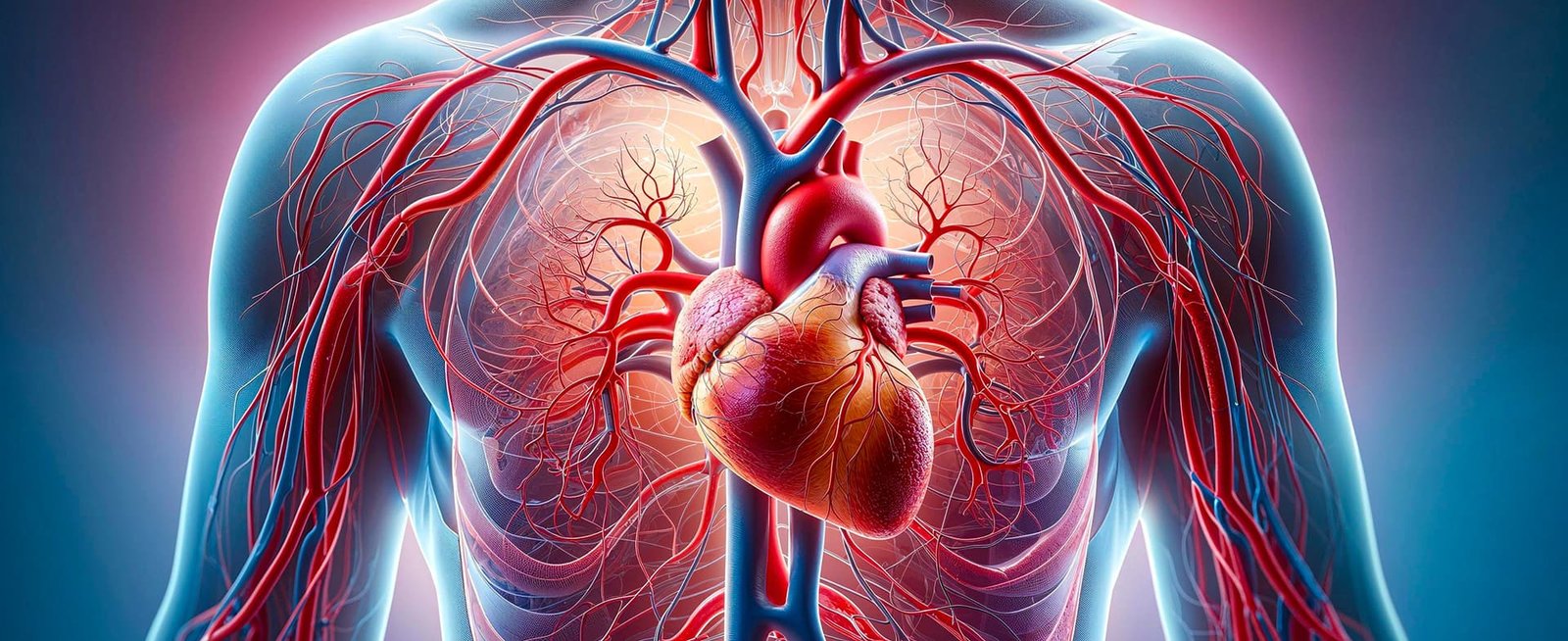
Minimally invasive cosmetic procedures have gained significant traction in recent years, revolutionising how patients and medical professionals approach aesthetic enhancement. These treatments offer the benefits of traditional surgery-enhanced appearance and rejuvenation-while minimising downtime, risks, and recovery periods. For medical professionals, understanding the nuances of these procedures is essential to meeting patient expectations and staying competitive in a rapidly evolving field.
In the UK, the demand for minimally invasive cosmetic procedures has surged, driven by advancements in technology, changing patient preferences, and the desire for natural-looking results. This article examines the rise of non-surgical treatments, their role in modern aesthetic medicine, and how they complement or even reduce the need for invasive surgeries.
The Shift Toward Minimally Invasive Procedures
The popularity of minimally invasive procedures reflects a broader cultural shift toward non-disruptive medical solutions. Patients increasingly seek treatments that fit seamlessly into their lives, allowing them to achieve aesthetic goals without significant interruptions to their routines. For medical professionals, offering such solutions is a response to this growing demand while also expanding their practice’s capabilities.
Key factors driving the rise of minimally invasive treatments include:
- Technological Advancements: Innovations in devices and techniques, such as lasers, radiofrequency, and injectable materials, have improved the efficacy and safety of these procedures.
- Patient Preferences: Many individuals are hesitant to undergo traditional surgery due to fears of complications, scarring, or extended recovery periods.
- Natural-Looking Results: Non-surgical treatments often provide subtle, progressive enhancements, which align with the current trend toward understated beauty.
Popular Minimally Invasive Cosmetic Procedures
The range of minimally invasive procedures has expanded significantly, covering various aesthetic concerns. Below are some of the most sought-after treatments:
1. Dermal Fillers and Botulinum Toxin (Botox)
Injectable treatments remain a cornerstone of minimally invasive cosmetic procedures. Dermal fillers, typically made from hyaluronic acid, restore volume, smooth wrinkles, and enhance facial contours. Botox, on the other hand, temporarily relaxes facial muscles to reduce the appearance of dynamic wrinkles such as frown lines and crow’s feet.
For medical professionals, mastering these injectables requires a thorough understanding of facial anatomy and injection techniques to ensure natural-looking results and minimise complications.
2. Laser Skin Resurfacing
Laser technology is a versatile tool for improving skin texture, tone, and pigmentation. Fractional lasers target specific areas of the skin to stimulate collagen production while leaving surrounding tissues intact. This approach makes laser skin resurfacing highly effective for addressing fine lines, acne scars, and sun damage.
3. Non-Surgical Fat Reduction
Treatments like cryolipolysis (e.g., CoolSculpting) and radiofrequency fat reduction have become popular alternatives to liposuction. These methods use controlled cooling or heat to target and eliminate fat cells, allowing patients to achieve body contouring goals without surgery.
4. Skin Tightening Treatments
Radiofrequency (RF) and ultrasound-based devices are commonly used to address skin laxity. These treatments stimulate collagen and elastin production in the dermis, leading to firmer, tighter skin over time. They are particularly effective for patients with mild to moderate sagging who wish to avoid surgical lifts.
5. Chemical Peels
Chemical peels remain a staple for addressing superficial skin concerns. By using acids to exfoliate the outermost layer of skin, these treatments can improve the appearance of fine lines, pigmentation, and uneven texture. Advanced formulations now allow for customisation based on individual patient needs.
6. Thread Lifts
A thread lift is a minimally invasive alternative to a surgical facelift. Using biocompatible threads inserted beneath the skin, this treatment provides a lifting effect while stimulating collagen production for long-term improvement.
Benefits of Minimally Invasive Procedures
The appeal of minimally invasive treatments lies in their ability to deliver noticeable results with reduced risks and recovery times. For medical professionals, these benefits translate into improved patient satisfaction.
1. Reduced Downtime
Most minimally invasive procedures allow patients to resume daily activities within hours or days. This makes them an ideal choice for individuals with busy lifestyles who cannot afford lengthy recovery periods.
2. Lower Risk Profile
By avoiding general anaesthesia and large incisions, these treatments significantly reduce the risks of complications such as infection, scarring, or prolonged healing.
3. Gradual and Natural-Looking Results
Many non-surgical procedures provide subtle, progressive improvements rather than dramatic changes. This approach aligns with patient preferences for results that enhance their natural features rather than alter their appearance.
4. Accessibility and Affordability
Minimally invasive procedures are often more affordable than surgical options, making them accessible to a broader range of patients. Their lower cost also encourages patients to explore aesthetic enhancement who might otherwise be hesitant.
5. Complementary to Surgical Procedures
For medical professionals, minimally invasive treatments can be used to complement surgical procedures, extending, or enhancing their results. For instance, a patient who undergoes a surgical facelift might later benefit from dermal fillers to maintain volume or laser treatments to improve skin texture.
The Role of Minimally Invasive Procedures in Modern Aesthetic Medicine
Minimally invasive procedures have not only expanded the range of options available to patients but also reshaped the practice of aesthetic medicine. For medical professionals, integrating these treatments into their offerings provides several advantages:
1. Broadening Patient Demographics
These procedures appeal to a wider audience, including younger patients seeking preventative treatments and older individuals exploring non-surgical alternatives. By catering to diverse needs, clinics can attract a larger patient base.
2. Building Patient Relationships
The quick and repeatable nature of many minimally invasive treatments creates long-term relationships between patients and practitioners. Regular touch-ups or maintenance sessions create opportunities for ongoing care and trust-building.
3. Staying Competitive
As patient demand shifts toward non-invasive options, offering these treatments ensures that practitioners remain competitive in the market. Clinics that fail to adapt risk losing relevance in a field that increasingly prioritises convenience and accessibility.
Future Advancements in Minimally Invasive Procedures
The future of minimally invasive cosmetic procedures is bright, with ongoing research and development paving the way for even more effective and patient-friendly solutions.
1. Combination Therapies
Future advancements will focus on combining technologies, such as pairing radiofrequency with injectables or lasers with ultrasound, to deliver more comprehensive results. These hybrid treatments promise to address multiple concerns in a single session.
2. Biostimulatory Injectables
New generation injectables that stimulate the body’s natural collagen production are on the rise. These treatments offer long-lasting results by improving skin quality from within, providing a more comprehensive approach to anti-ageing.
3. Minimally Invasive Robotics
Robotic-assisted devices are being developed to enhance the precision of minimally invasive procedures. For instance, robotic systems could improve the placement of threads in thread lifts or refine the application of laser treatments.
Ethical Considerations for Medical Professionals
As the popularity of minimally invasive procedures grows, it is crucial for medical professionals to maintain ethical standards. Proper patient selection, realistic goal-setting, and transparent communication are essential to ensuring safe and satisfying outcomes. Practitioners must also stay updated on advancements and undergo continuous training to deliver treatments effectively and responsibly.
Final Thoughts
Minimally invasive cosmetic procedures represent the future of aesthetic medicine, offering patients effective and convenient alternatives to traditional surgery. For medical professionals, these treatments provide an opportunity to expand their practice, attract diverse demographics, and meet the growing demand for non-surgical solutions.
By staying informed about advancements and integrating these procedures thoughtfully, practitioners can ensure they remain at the forefront of an evolving field. Minimally invasive treatments are not just a bridge between surgery and aesthetics-they are a foundation for modern, patient-centred care.






